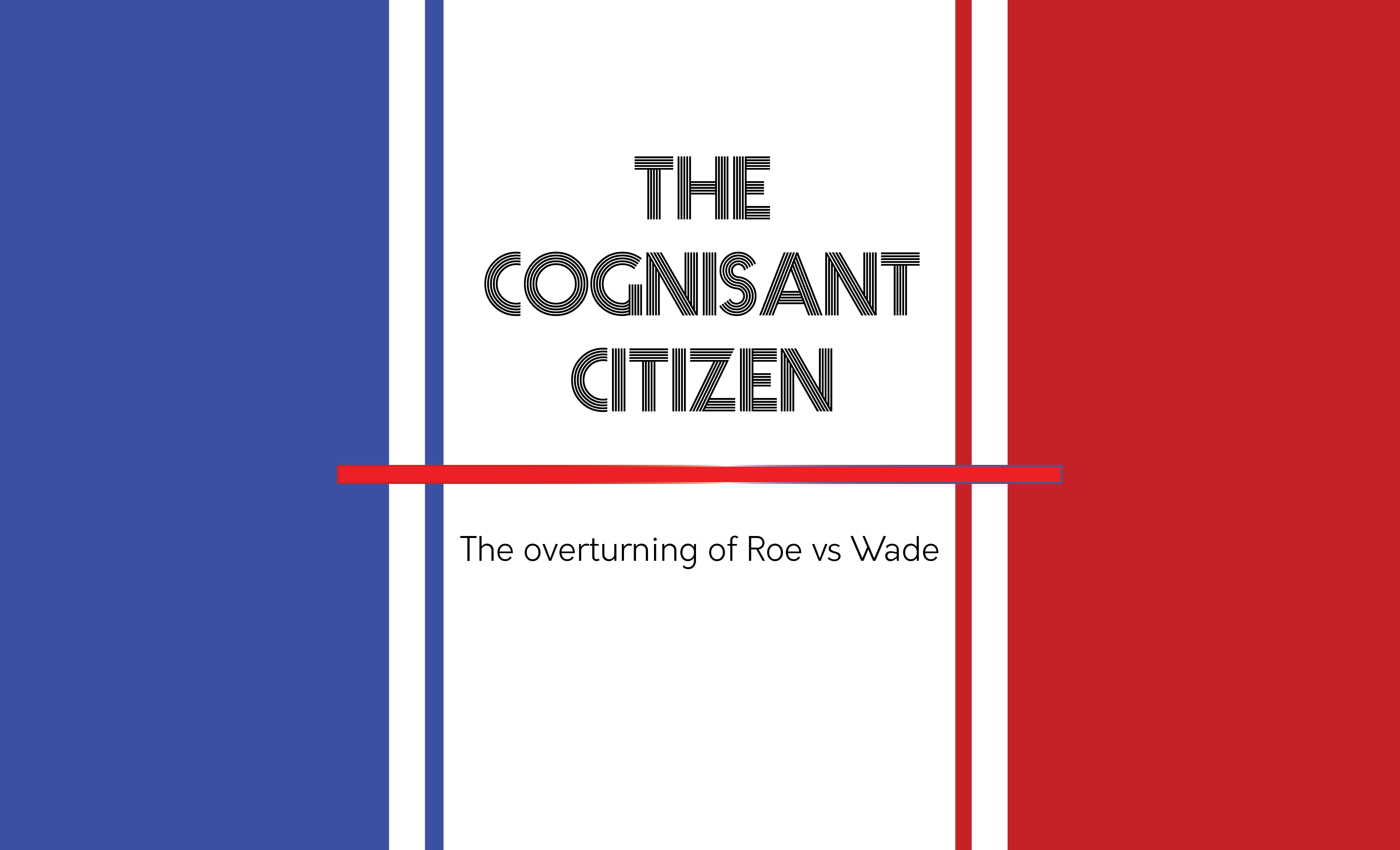
The year is 1969. A 21-year-old woman named Norma McCorvey discovers that she is pregnant for the third time and wishes to terminate the pregnancy. The Texan law, at this time, has criminalized abortions in the state. McCorvey’s fight against the law famously came to be known as the Roe vs. Wade case.

Abortion is the termination of a pregnancy by removal or expulsion of an embryo or foetus. As simplistic as the definition may sound, its existence in society has always been and continues to be controversial.
While in some societies, abortion was, at times, a result of sexual negligence, in others, it was to avoid having a girl child. Although in many situations, aborting the child happens to be the only way out, to prevent the child from getting exposed to and suffering from ill hygiene, inadequate nutrition, and no access to literacy due to poor financial conditions of the parents, abortion has a deterrent effect on the health of the mother and her ability to have a child again.
Many individuals have gone out of the way to prove legally their right to abort, one such case which stands out is the Roe Vs Wade case (1973). Roe v. Wade was a landmark decision of the U.S. Supreme Court in which the Court ruled that the Constitution of the United States generally protects a pregnant woman’s liberty to choose an abortion.
History of the case
McCorvey’s wanting to get an abortion came at a time when two advocates, Sarah Weddington and Linda Coffee, who advocated for women’s reproductive health were looking for a plaintiff in the Texas state to file an abortion litigation. Eventually, they met Norma and they agreed to work as a team.
Norma being white and of low social status, were critical factors in the litigation getting accepted. In 1970, Coffee and Weddington filed Roe v. Wade as a lawsuit in the U.S. District Court for the Northern District of Texas on behalf of McCorvey under the legal pseudonym “Jane Roe”. Henry Wade being the name of the attorney of the state of Texas.
Case progression
On June 17, 1970, the court ruled in McCorvey’s favour and declared the Texas law unconstitutional, finding that it violated the right to privacy found in the Ninth Amendment which assures every American citizen the right to freedom. However, Henry Wade said he would continue to prosecute people for performing abortions, the lack of an injunction meant that McCorvey could not get an abortion.
Roe v. Wade reached the Supreme Court when both sides appealed in 1970. The decision on this case was postponed, as the supreme court had to first prioritize other related cases. Both the cases were ruled against abortion.
After rounds of legal deliberation, on January 22, 1973, the Supreme Court issued a 7–2 decision in favour of “Jane Roe” (Norma McCorvey) holding that women in the United States had a fundamental right to choose whether to have abortions without excessive government restriction and striking down Texas’s abortion ban as unconstitutional.
Although the ruling went in Roe’s favour which had a positively resounding reaction from the public, there were many who remained opposed to Roe for various reasons. Some argued that abortion should not be laid on the rights of “civil rights”, rather it should be considered a “human right” , and that the label restricted the scope of reproductive justice. Others contended that potential life was being denied and that the decision lacked a valid constitutional foundation.
Over the years
Many such cases related to abortion have occurred over the years. But, a landmark decision was the Dobbs vs. Jackson Women’s Health Organization. In March 2018, the Mississippi state legislature adopted the Gestational Age Act (HB 1510), which prohibited almost all abortions after 15 weeks of pregnancy- when the foetus is not viable. Jackson Women’s Health Organization, the only licensed abortion clinic in Mississippi, filed a suit in the federal district court, challenging the constitutionality of the law. This case too was taken to the supreme court, which was supposed to have released a decision in June 2022. In May 2022, however, a draft written by Justice Samuel A. Alito Jr. was leaked and revealed that the opinion of the court, dated February 2022, indicated that the Court had voted to overturn Roe v. Wade and other abortion cases. on June 24, 2022, a landmark decision of the U.S. Supreme Court was released in which the court held that the Constitution of the United States does not confer any right to abortion and overruled the Roe v. Wade (1973) judgment.
*Note: The information presented in this article is a conclusive account of the events that have transpired up until June 24th 2022.
Written by Tejas Kulkarni for MTTN
Edited by Aditi Atreya for MTTN
Featured Image by Nikita Baldewa for MTTN
Sources: Wikipedia, Cornell Law, BBC, Oyez, Economist
Images via Time
Leave a Reply
You must be logged in to post a comment.